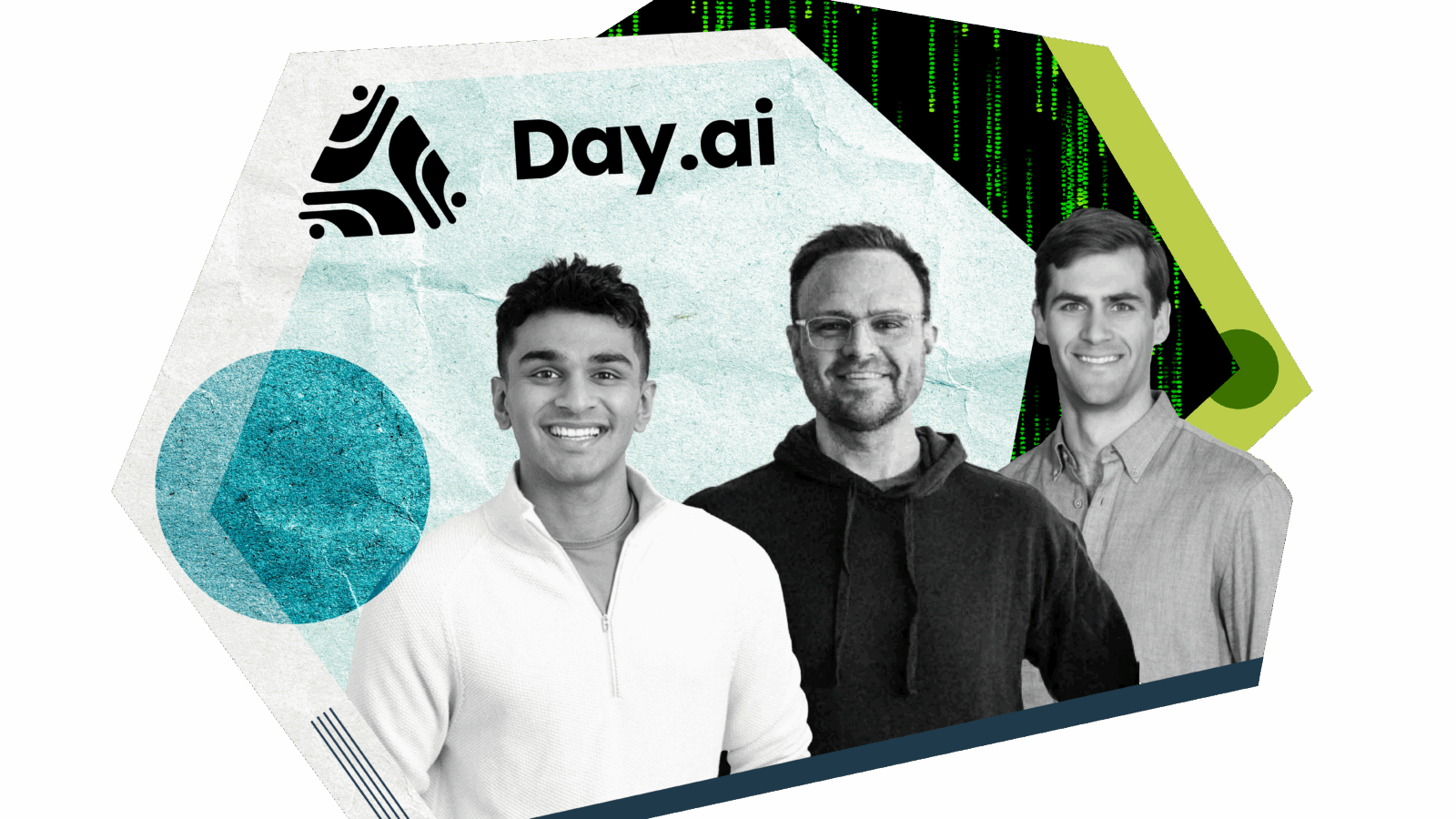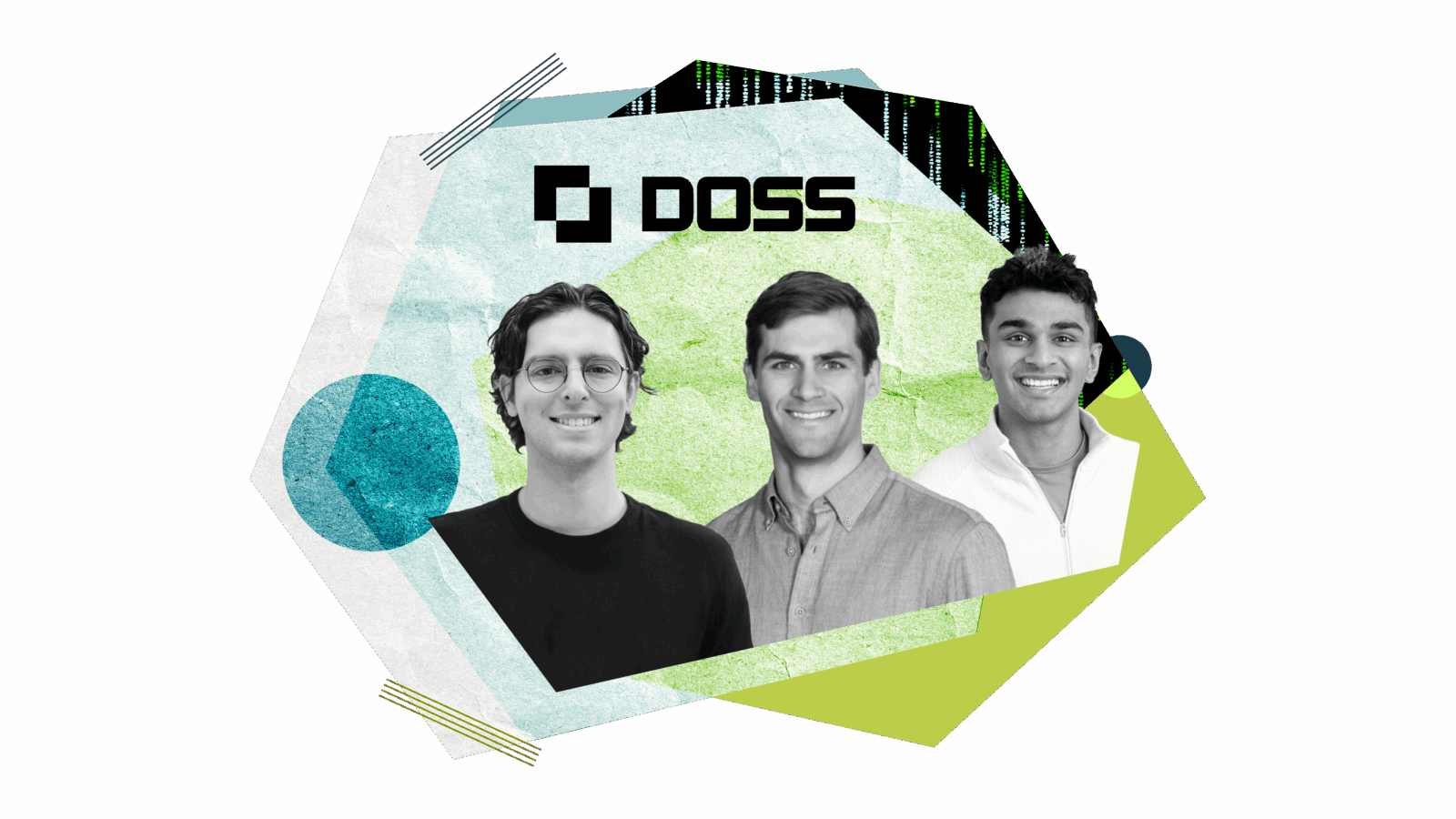Roadmap: AI systems of action
AI is degrading the traditional moats in the system of record market. It’s creating opportunities for AI-native entrants to disrupt incumbents in many of the largest markets in software.
In our industry, we love romanticizing the idea of betting on David over Goliath, but if you tried telling any VC over the past 20 years that your plan was to replace SAP in the enterprise resource planning (ERP) market, you were probably laughed out of the building. It has long been regarded as a rule of startup physics that some incumbents are just too hard to unseat, none more than the leading enterprise systems of record (SoR). These are companies like SAP and Oracle NetSuite in ERP, Salesforce in customer relationship management (CRM), and Workday in human capital management (HCM).
This rule of thumb exists for good reason. These enterprises are deeply entrenched in their customers’ workflows and have built some of the strongest compounding sustainable advantages enjoyed by any software vendor: broad product surface area, long and expensive implementation cycles, and a position as the center of gravity for all business-critical data. Over the past 20 years, a vendor lock-in dynamic has developed where customers would have to endure incredible pain to switch SoRs. And, to be frank, in past technology platform shifts, like the move from on premise software to the cloud, it has not always been clear to customers there would be enough value-add to justify the headache and cost of migrating critical business data from one system to another.
We think it may finally be time for all of that to change, thanks to the incredible capabilities of foundation models and AI agents. With AI’s ability to bring structure to unstructured data and to generate custom integration and data transformation scripts in domain-specific languages, it is now much easier to migrate enterprise SoR data to new systems and build new integrations. That means the time and cost to move to a new system are significantly less. In addition, AI-native systems of record can now offer a 10X more compelling value proposition: With increasingly sophisticated agentic workflows and copilots, these SoRs automate much of the time-intensive data entry workflows and repetitive tasks that knowledge workers have traditionally spent countless hours on, putting entire business processes like procurement, cash flow forecasting, and sales operations on autopilot.
The market timing is also finally right for a once-in-a-generation platform shift. Legacy SoR contracts tend to be synchronized among customers as new products get introduced, and many end-of-life deadlines are approaching for on-premise SoRs. Pair this with buyers’ ongoing C-suite mandates to prioritize AI functionality and you’ve got an exciting opportunity for new vendors to disrupt these markets.
All of these trends are rapidly converging in what we believe will be one of the next multi-billion-dollar opportunities, in which AI will allow companies to unlock the potential of their data rather than just storing it. We are moving from systems of record to systems of action.
Today, our working thesis is that in the next five to 10 years, SoRs across every category will be completely reimagined by AI’s ability to automate workflows. We know this is a bold vision of the future, which is why we’re developing this thesis “in public.” In the roadmap that follows, we share the massive opportunity ahead of enterprise founders as well as the drivers of this generational shift, and introduce you to our miniseries, “AI Systems of Action,” where we interview leading entrepreneurs looking to transform these industries in the age of AI.
The $400 billion foundation of doing business
The history of SoR is the history of computing, evolving from the 1960s mainframe era through each of the subsequent technological shifts. The industry started to take shape in the ‘90s, with SAP, Oracle, and others introducing integrated solutions for businesses. SaaS arrived with the advent of cloud computing in the 2000s, and vendors like Salesforce and HubSpot built CRM offerings, while Workday built what has slowly become the dominant HCM solution.
The vendors that were able to capture these markets became instrumental to the way that enterprise executives ran their businesses, and by 2023 there grew to be an estimated $400 billion annual IT spend on SoR software, including ERP, CRM, HCM, and additional financial and supply chain management solutions. And beyond software licensing, there is an estimated $50+ billion spent annually on SoR maintenance across implementation, configuration and integration, ongoing maintenance and troubleshooting, and staff upskilling.
Why now: The degradation of moats offers a chance for disruption
In markets that have changed little over the past 30 years, the “why now” question is far and away the most important from our perspective. The incumbents in this industry have relied on nearly impenetrable moats over the past couple of decades, which has allowed them to maintain incredibly high customer retention without necessarily investing in an outstanding customer experience. For example, Veeva, the leading life sciences CRM, famously touts 95% gross dollar retention.
The two deepest moats these vendors have benefited from are 1) high upfront implementation and customization costs, and 2) housing all of their customers’ critical data. Thankfully, AI is showing promise of liberating customers from these vendor lock-in dynamics by providing solutions to both of these moats, as we discuss below, and revealing opportunities for new vendors in the process.
Solving the implementation problem
As AI code generation agents, such as Cursor, are rapidly progressing, opportunities are arising to use these tools in the custom implementation, configuration, and data transformation work that typically accompanies an SoR rip-and-replace. Our recent conversations with experts at middleware platforms and large systems integrators have shown us early signs that AI code-gen tools can help reduce the time required to build custom integrations by 90%. We expect that in the coming years the entire end-to-end process—from capturing a customer’s requirements to implementing them in a new SoR—will become highly automated. That’s think both AI code-gen tools and AI-enabled development services approaches will thrive in these use cases.
We’re already seeing a ton of movement with talented founders building agentic integration solutions for walled garden ecosystems like MuleSoft, Workday, NetSuite, and SAP.
AI-enabled services platforms like Mechanical Orchard and Isoform are bringing a combination of AI and human services to deliver complex and painful SoR migration and integration projects end-to-end in a fraction of the time of traditional system integrators. Others, like CurieTech AI in the MuleSoft ecosystem and Mando in the Workday ecosystem, are building agents that can write scripts in their respective vendors’ domain-specific languages, automating development work required to integrate with and leverage the data locked up in these systems. These tools allow teams to build new integrations or migrate data dramatically faster and cheaper than was previously possible.
Similarly, some AI-native SoR companies are thinking about the implementation problem from day one and are incorporating customization and composability as a core design principle. For example, ERP companies like Doss are starting to leverage natural language interfaces to enable users to describe the business workflows and UI they want to see, relying on AI to translate these requirements into workflow and UI code within the product. This allows non-technical users to build a highly customized and tailored ERP implementation without the time and cost of a system integrator.
Solving the data problem
Traditionally, much of the data in an SoR has been entered by hand. Take the CRM example, where sales representatives manually enter notes on every customer interaction (without being hounded by their managers, of course). After years of this manually curated data has been assembled, it is the one centralized source of truth for data that would otherwise be fragmented across email accounts, Slack channels, and sales reps’ brains, and it has historically been very difficult to move or replicate this data in another system. This has suddenly changed as well, with AI’s ability to tap into communication flows and passively collect all of the relevant data from our emails, video calls, messages, and conversations. These tools, like Day.ai and Attio in CRM, not only provide tremendous workflow automation benefits to their users, but are also collecting a massive amount of valuable data that over time will bring them to near-parity with the data that is stored in an incumbent SoR, at least for recent activities.
We see a similar pattern emerging in other categories where voice AI use cases are adjacent to an SoR. Another example is in the emergency response market, where multiple companies are offering voice AI agents for 911 call centers as their “AI wedge,” providing a tremendous amount of value to their customers by automating responses to non-emergency calls, freeing up dispatchers to focus on the most critical calls. Over time, this wedge allows these companies to build up a valuable corpus of data and gives them the opportunity to expand into augmenting and eventually replacing their customers’ Computer Aided Dispatch system, thus reinventing this multibillion-dollar market with an AI-native product serving municipalities and public safety.
We are particularly excited about companies that leverage an AI-powered wedge product that can live alongside incumbent SoRs initially and then slowly replace them over time because they give customers an elegant offramp to migrate off their legacy SoR.
Delivering the 10x better customer experience and ROI
AI-native products are also demonstrating the ability to generate a 10x better experience versus incumbent products. In many cases they are tapping into adjacent services or human labor spend associated with managing an SoR, which increases the ROI and makes the appeal much stronger than in previous technology waves. For example, in the cloud era, the value proposition of moving to a cloud-hosted SoR was often getting more modern software with a lower total cost of ownership, but it was not a step-function improvement that would warrant customers to endure the pain of moving off their existing solution.
Today, AI agents are offloading much of the manual labor that surrounds an SoR—from automating the data entry in the CRM example mentioned earlier, to streamlining routine financial analysis in the case of AI-native ERPs like Everest Systems. We are seeing this pattern recur in many markets where the SoR is either closely tied to high volume human communications, like sales or customer support, or closely tied to expensive professional services, like legal or IT.
For example, Tradespace has built a modern IP management system (IPMS) that helps enterprises manage their intellectual property. But rather than trying to compete head-to-head on features with the well-entrenched incumbents in this $10 billion software market, it has figured out a clever AI wedge to geta leg up. Its AI Invention Harvesting product helps to automate the process of collecting novel ideas from inventors in a company and documenting the information needed to initiate the patent process, all of which is traditionally done manually by IP experts. This allows Tradespace to tap into the large legal services budget that these companies were already spending on law firms, and simultaneously helps its customers increase the amount of IP they can capture—eventually positioning Tradespace to migrate customers onto its IPMS.
In terms of delivering a magical, mindblowing customer experience, the AI-native CRM use case is a good example, with multiple “oh wow” moments. It starts with the fact that they automate the most painful part of a sales rep’s day, entering notes in their CRM. This is an immediate win for both the sales reps and their managers, who no longer need to worry about their team’s CRM hygiene. But as Day.ai CEO Christopher O’Donnell told us, the magic moment for most sales managers really comes when they log into the platform in the morning and it can automatically tell them the three most important things for them to spend their time on, based on processing all of their emails, Slack messages, conversation transcripts, and sales signals. This ability to turn unstructured data into actionable recommendations is a key unlock.
CRM is just the first market where AI is being applied to make sense of messy communications data, but we expect to see very similar stories play out in adjacent categories like the applicant tracking system in recruiting, the transportation management system in logistics, the IT system management system in IT, and the ticketing system in customer support. Anywhere where the SoR is used to summarize and record the result of human communications is a ripe opportunity for AI to disrupt incumbent systems.
All of this leads back to the tradeoffs that a customer takes into account when considering a new SoR. As mentioned, the pain of switching traditionally far outweighed the value gained in moving to the new product; today that equation is flipping quickly, and we think it will unlock a new wave of SoR migrations.
The next era of enterprise software
SoR remains one of the largest markets in software, and with the emergence of AI-native companies targeting this opportunity, the legacy software vendors are now vulnerable for the first time in decades.
Our initial hypothesis is that the successful companies in this movement will capitalize on a few of these attributes:
- Provide a 10x better customer experience or “magic AI moment”
- Offer initial wedge product that can live alongside incumbent in the flow of the data before providing an elegant offramp from incumbent systems
- Tap into adjacent human labor/services spend as well as software budgets
- Focus on seemingly niche or vertical-specific use cases for initial go-to-market efforts
- Start downmarket with customers that have traditionally been considered not worthwhile by wieldy incumbents and move upmarket as feature parity is achieved
The shift to AI-powered SoR— or, the shift from systems of record to systems of action—may take time, but the potential upside is enormous.
We’re in the early innings here, and we’re learning as we go. As we mentioned up top, we’re developing our Systems of Action Roadmap in real time, and we want to be as transparent as possible along the way.
We'll be releasing a three-part interview series with founders building next-generation AI systems of action platforms.
Be sure to sign up for Atlas updates so that you don’t miss any of our other upcoming conversations with founders of some of the most exciting disrupters in this space. Up first? Day.ai founder and CEO Christopher O’Donnell.
And if you're building in this space, shoot us an email at mdroesch@bvp.com and dpatel@bvp.com if you’ve got more to share.







